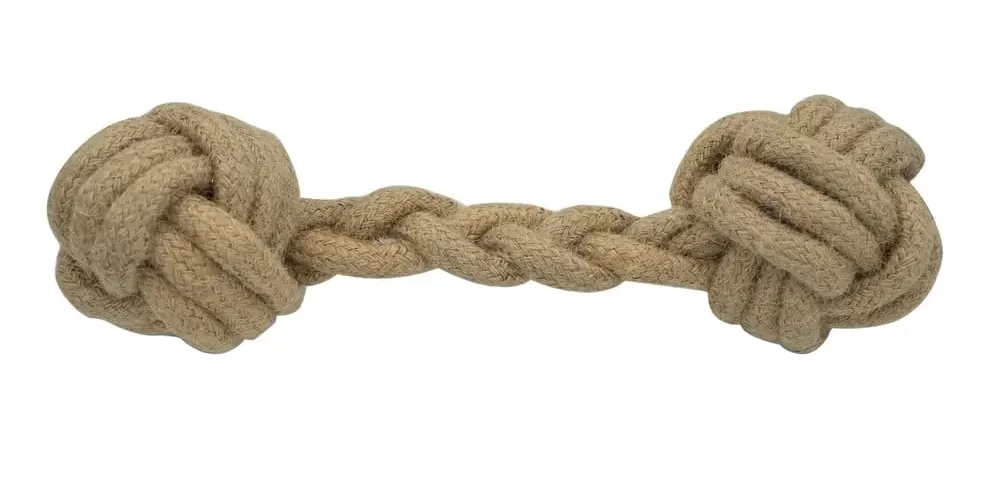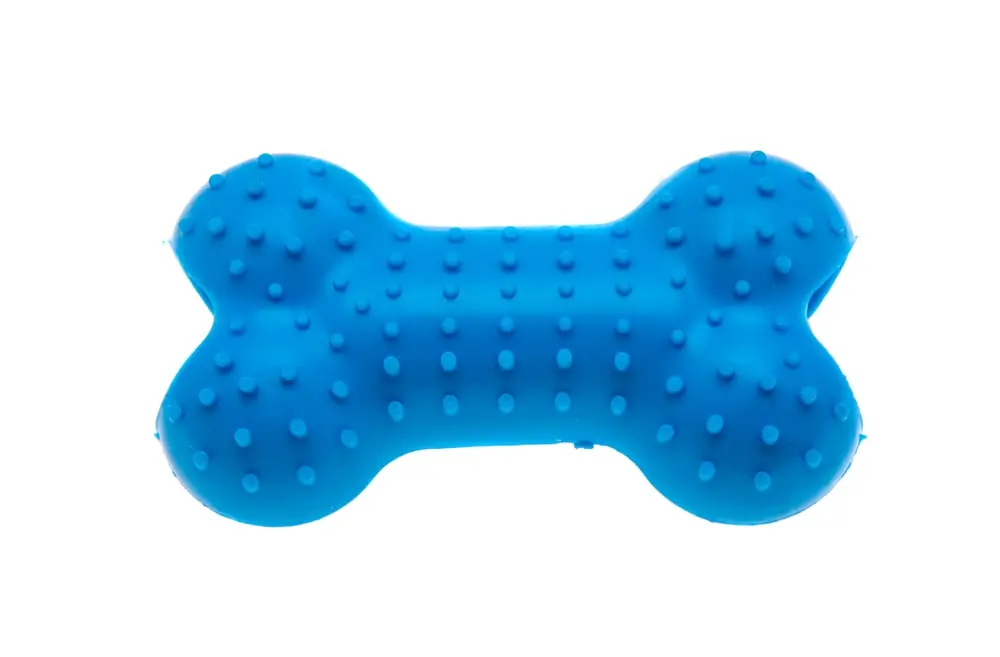
How to Help a Teething Puppy
Is your puppy teething? Needing some advice on how to best help your wee bundle of fur? Pet Insurance Australia takes a look at puppy teething and how to help your puppy through this painful process.
It’s no wonder puppies love to chew and bite! In just six months, your puppy’s mouth will go through the eruption of 28 milk teeth, which will eventually be replaced by 42 adult teeth…OUCH! The only way to soothe this dull ache and annoying pain is to chew, chew, chew.
But how can you help your puppy through this painful stage of puppyhood and how long does it last?
Puppy Teething Symptoms
The main symptom of puppy teething is chewing. A teething puppy will try and chew on anything in sight, including your hand. The chewing offers your puppy some slight relief from the aching pain around their gums and teeth. Some pups will also go off their food during this stage.
At this age it’s important to offer a good selection of chew toys. Rotating these toys daily will also keep your puppy entertained and less likely to find something inappropriate to chew – cue your best leather shoes!
If you do notice your puppy chewing something inappropriate, a simple “AH AH” command – remove the object and replace with a chew toy – “good dog”. This is the time to teach your puppy the right and wrong things to chew. You should never punish a puppy for chewing. This behaviour is a very natural part of puppyhood. The market offers excellent puppy chewing aids, with some being extra soft and gel-like, while others are slightly firmer, catering to super-active chewers. Depending on the teething stage, you pup will prefer different textured chewing toys.

Puppy Teething Toys
With all chew toys ensure they are the correct size for your puppy and always remove the toy if broken or worn. To prevent choking – never allow an older dog to play or chew on puppy-sized chew toys.
Puppies are known to be extremely playful and impatient. This can cause a lot of germs and dirt to come in contact with the tender gums and teeth of your pet. It is recommended that you clean your dog’s teeth as often as possible, so pet owners will reach for any item they can find when picking out something for their pup to chew on.
Unfortunately, there are a lot of things you can give your dog to chew on that can be harmful. Some items contain chemicals that can damage the gums and teeth of your pet, so it is important to choose the right things to keep them away from all harm.

Best Puppy Teething Toys
Fortunately, numerous high-quality dog teething toys are available that are safe and stimulating for your puppy. These toys are typically crafted from soft, high-quality materials, alleviating concerns about your pet swallowing or choking on small pieces.
The best puppy teething toys feature chewable knobs, making them safe for prolonged chewing, which is particularly advantageous for younger pups. These toys offer increased durability and are less prone to breaking during play.
The best puppy teething toys provide comfort to your precious pooch while also cleaning their teeth and gums. These products are also beneficial during the early stages of chewing and preventing the regrowth of adult-sized teeth.

Worried about the safety of multi-ingredient toys?
If you have a dog that has severe sensitivity to any particular ingredients, there is a chance that the toy will cause an allergy. Some of the best dog teething toys are made from fine fleece, which is hypoallergenic and odourless. You can check out our puppy teething toys list. The best puppy teething toy will be fine to use as they are all made from non-toxic materials.
The following material is used in the manufacturing process: Bristle (mineral): Bristle is not harmful to your pet, but you need to be careful that your pet does not swallow too much. Therefore, it is best to select toys that are made from bristles, rather than too many small pieces.
Sisal (natural fiber)
Sisal is a natural material that comes from the Agave plant. This plant grows in South America and is known for being extremely durable. The plant’s fibers are perfect for crafting dog teething toys, being mouth-safe and durable for extended chewing.

Jute (natural fiber)
Jute is another natural material that originates from India and Bangladesh. This material is strong but very soft to the touch. This makes it the perfect material for making a teething toy that your dog will like to play with.

Bones
Bones are another great sort of toy to give your pup. The best bone also came from the natural world, and it is made from cow bone. This is a great source of calcium and phosphorus, which are important for strong teeth and bones.

Rope
Popular for its comforting feel and its ability to stimulate a pet’s jaws and teeth, rope toys are a favorite choice. They contain no harmful chemicals, allowing your dog to chew on them for extended periods without any discomfort.

Hemp
Crafted from hemp plant stalks, hemp is a natural fiber that dogs enjoy chewing on. It’s an ideal material for crafting dog teething toys due to its durability and safety.

Silicone
Silicone, devoid of harmful chemicals or additives, is a safe material for making dog toys that won’t harm your pet. The best silicone puppy teething toy won’t have any lasting effects on your pet even after prolonged chewing.
![]()
Dental Tips For Teething Puppies
Now is also a great time to start a good dental regime with your pup. They will simply love a good gum rub during this stage so introducing a puppy toothbrush is easy. Remember to NEVER use human grade toothpaste as this is toxic to dogs. Only use specially formulated dog toothpaste.
During puppy teething it’s also recommended to check your pup’s teeth regularly to monitor the teething process and watch for any issues such as retained teeth or pungent breath. If you are concerned about your puppy’s teeth; seek veterinary advice.
When Do Puppies Start Teething?
Week 2-4 – your puppy will still be nursing from their mother when their puppy teeth erupt through their gums. These teeth are very sharp and will eventually fall out, just like human baby teeth. By the end of week six, your puppy should have around 28 puppy/milk teeth. This is normally the time they will also start to wean from their mother and start to eat soft puppy food.
Week 8-18 –This is usually the time those puppy/milk teeth begin to fall-out and if you are lucky enough, and the vacuum cleaner doesn’t get them first, you may find a few of these puppy-keepsakes laying around the floor. This is the time most owners notice their puppy’s huge desire to chew…anything… including couches, skirting boards, shoes and the like.
It’s crucial to provide your pup with various chewing options during this phase to prevent them from favoring the chair leg as their top teething choice!
At 4-6 months – all of your puppy’s adult teeth start pushing through. During this eight-week process, your pup will experience discomfort and will greatly appreciate gum rubbing and chewing on various items. You might even detect a faint blood smell on their breath.
By 7-8 months – your growing puppy should have shed all their puppy/milk teeth and now have a total of 42 adult teeth!
This includes 12 incisors, four canines, 10 molars and 16 premolars.
Happy Teething!
Get the latest Pet Insider Tips & News
We offer award-winning* pet insurance policies to protect your furry friend’s health and wellbeing. Get a quote today and give your pets the care they deserve.
Archives
Categories
- Cat Care (64)
- Dog Care (123)
- Guides (27)
- Health and Nutrition (193)
- Lifestyle and Activities (216)
- Media Release (8)
- Pet Care (233)

